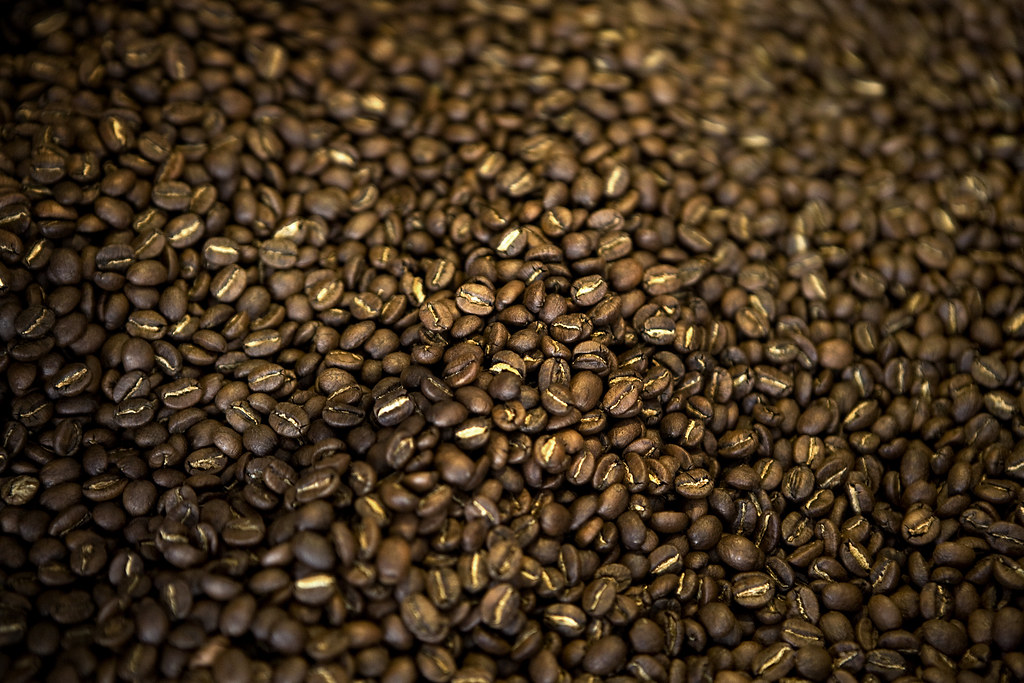Why Water Matters
At Coffee Collective, we carefully examine and fine-tune every detail of the coffee experience. From the selected beans to how the coffee is brewed in your cup. But there’s one important element that often gets overlooked at home: the water.
Imagine this: you’ve bought a fresh bag of coffee, excited to brew it at home. You grind the beans, measure carefully, and brew with precision. But when you take that first sip, it just doesn’t taste quite right.
What went wrong? Most likely, it’s the minerals in your water.
In Denmark, for example, tap water is very safe to drink but has a high mineral content, especially carbonates. These minerals can dull the bright, lively flavors of coffee, leaving you with a flat or even bitter cup. The good news? With a few small adjustments, you can unlock the full potential of your coffee.
The Basics of Good Coffee Water
To get the best flavour from your coffee, aim for water with:
Carbonate hardness: Under 50 ppm for filter coffee; 40-50 ppm for espresso.
No chlorine: Chlorine adds bitterness and off-flavours.
These numbers might sound technical, but don’t worry—you don’t need to be a scientist to get it right.
How to Improve Your Coffee with Better Water
At Coffee Collective, we believe great coffee deserves great water. Whether you’re brewing a delicate filter coffee with a Kalita Wave or pulling a shot of espresso on your home machine, the right water can make a world of difference. Here's how to improve your coffee quality.
For Filter Coffee
If you’re brewing our Kieni from Kenya in a Aeropress or as a pour-over, your water should enhance the coffee’s vibrant acidity and delicate fruity notes—not mask them. Here’s what you can do:
Use bottled water
Even though we’re not fond of plastic bottles and the CO2 emissions associated with it, this might be the easiest option. Choose spring water that matches these criteria: Carbonate hardness under 50 ppm.
Tip: Many spring waters labelled “low mineral content” work perfectly. If you’re unsure, check the label for bicarbonate (HCO₃⁻) levels which should be below 50 ppm.
Filter your tap water
If bottled water isn’t practical, a countertop water filter can reduce chlorine and some minerals. This is a good alternative, though it won’t fully solve high carbonate levels. A regular filter jug will only remove Chlorine and bigger molecule chains, and will not really lower your carbonate hardness. Look for one that lowers your overall TDS.
Avoid hard water
Tap water in many parts of Denmark and elsewhere often has a TDS with 450 ppm and carbonate hardness of 200 ppm or more—far too high for great coffee. Hard water mutes the bright, vibrant notes.
If you can’t do any of the above, a little house-hold trick from us, is to neutralize the carbonate hardenss using a pinch of citric acid (be carefull and only use very little) or a couple of drops of fresh lemon juice (2 teaspoons pr. Liter water is a good starting point) in your hot water before brewing. This way, the coffee’s own acidity will be allowed to shine through. It’s not as ideal as the above, and shouldn’t be used in an espresso machine, but it can help the flavours a lot if you can’t get low mineral water.
For Espresso Machines
Espresso machines are more sensitive to water quality. The wrong water can affect flavour and even damage your machine over time. Here’s how to get it right:
Blend your water
If you have access to reverse osmosis (RO) or distilled water, mix it with tap water to create the perfect balance: 90% RO or distilled water + 10% tap water gives a carbonate hardness around 40-50 ppm (with Copenhagen water). This protects your machine while preserving the coffee’s lively acidity. Buy a cheap TDS meter to measure it precisely.
Check your espresso machine’s manual
Many machines have specific water recommendations. Following these guidelines will not only protect your equipment but also help you achieve consistently great espresso.
Use a specialized filter
If you brew espresso daily, consider investing in a water filtration system designed for coffee machines. Be aware that some filters only protects the machine by removing Calcium, but that actually makes the taste worse. The best is a filter that also lowers the carbonates to a suitable level (40-50 ppm).
Why It’s Worth the Effort
At Coffee Collective, we believe great coffee is about getting the details right. Whether you’re pulling an espresso or brewing a filter coffee, investing in the right water makes all the difference. Clean, balanced water doesn’t just protect your equipment it unlocks the vibrant, aromatic potential of your coffee.
So, the next time you brew at home, take a moment to think about your water. It’s a simple step that makes a big difference and once you taste the results, you’ll never look back.
Water might seem like a small thing, but it’s the key to unlocking coffee’s full potential.
Related stories
Would you like to get our different coffees delivered directly to your doorstep? We've got you covered.
Address
Coffee Collective
Godthåbsvej 34B
2000 Frederiksberg
CVR: 30706595
Contact
mail@coffeecollective.dk
+45 60 15 15 25 (09.00-15.00)
Coffee and cookies
This site uses cookies.
Find out more on how we use cookies.






